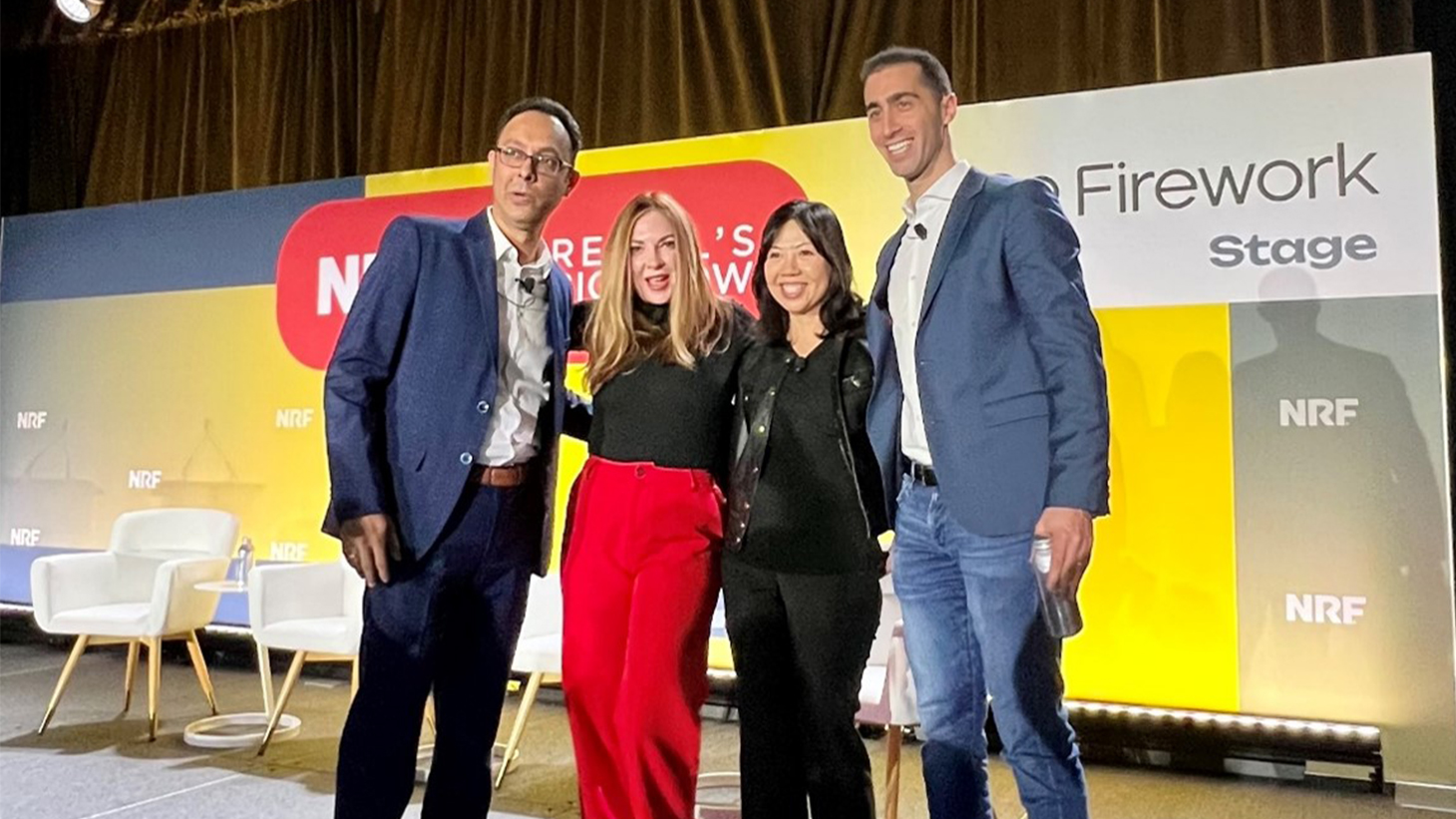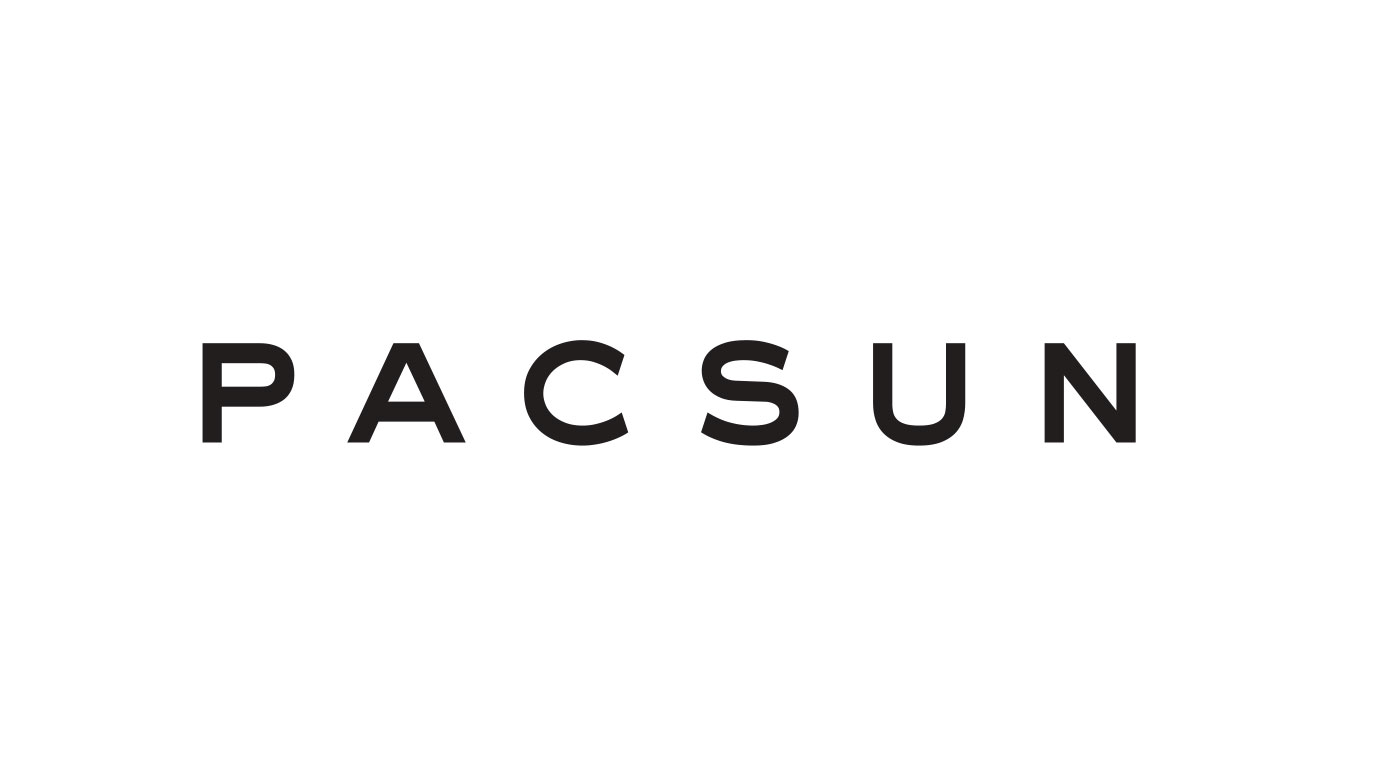Unifying the Retail Experience: Lessons from Customer Experience Leaders
- March 5, 2024

Forget the linear path to purchase, it’s long gone! Today’s shoppers seamlessly jump between channels, creating their own digital-physical realities. But are retailers evolving to meet this dynamic shift? Retailers struggle to deliver a consistent experience across channels, leading to lost context, continuity, and customer engagement. In today’s competitive landscape, convenience is expected, but differentiation is key.
In a recent panel discussion, leaders from Incisiv, Michaels Stores, IKEA, and Tapestry shared their journeys towards unified commerce, offering valuable real-world insights for crafting compelling customer experiences and gaining a competitive edge in an omnichannel marketplace.
The Shift: From Easy Growth to Experience-Centric Strategies
The old way is out: As the panel moderator Giri Agarwal, chief strategy officer at Incisiv, pointed out, the traditional “throw money at acquisition” approach is no longer sustainable. His research reveals a shocking truth: For every dollar spent on paid efforts, retailers only see a measly 27 cents in revenue. Yikes!
The key to unlocking growth lies in unifying the customer journey. This means creating a seamless and consistent experience across all touchpoints, from online browsing to in-store interactions.
Take A Deep Dive:
A groundbreaking study by Manhattan Associates, Google Cloud, Zebra Technologies, and Incisiv analyzed over 200 retailers in nine countries, making 600 real-world transactions and 1,500 digital interactions across 200+ retailers. It assessed 290 customer experience attributes, from personalized online browsing to meaningful in-store conversations, revealing the interconnectedness of the customer journey.
Unified Commerce: A Guiding Star, Not a Fixed Destination
Jason Brenner, SVP of digital at Michaels Stores, emphasized that unified commerce is an evolving framework, the “North Star” guiding their strategic direction. The retailer’s focus lies in delivering seamless experiences across channels, showcasing the right products to the right customer at the right time, and driving bigger baskets and customer satisfaction.
However, Michaels faces a distinct challenge due to the nature of their product categories. Imagine having 200,000 beads or 150,000 stickers on hand. Even with that vast selection, meeting customer demand in such long-tail categories can be nearly impossible.
“This challenge,” Brenner explains, “forced us to think differently about inventory and availability. Holding millions of SKUs in-house simply wasn’t feasible. That’s when we turned to the power of online marketplaces.”
Michaels launched their online marketplace just a year ago, exploding their product range from 150,000 to a staggering 1.5 million SKUs, facilitated by 400 to 500 marketplace sellers. “Making the right inventory available to our customers is essential for driving conversion,” Brenner states. “But with long-tail categories, we must take creative approaches like leveraging marketplaces.”
This example showcases how unified commerce strategies adapt to unique business needs. While Michaels leverages a marketplace approach, other retailers might explore drop-shipping, in-store fulfillment, or other innovative solutions to ensure seamless product access across channels.
Beyond Inventory: IKEA’s Personalized Inventory Bridge and Sustainability Mission
Inventory management and personalization often seem like separate challenges. IKEA, however, has found a way to bridge the gap while simultaneously embodying their mission as a sustainable and responsible company. Shoppers can now design their living spaces using the IKEA catalog to showcase available inventory in a personalized way.
But IKEA’s commitment goes beyond just convenience. “When we consider how customers respond to brands, there is a level of mission, vision, and values that are integrated into the experience that’s delivered, but also the authenticity,” emphasizes Amanda Effron, chief digital officer at IKEA.
As a company deeply invested in sustainability, IKEA understands the importance of circularity and reducing their environmental impact. That’s why they launched a buyback and resell program, allowing customers to return “gently-loved furniture” for resale through various channels. This program not only provides more affordable options for customers but also extends the lifecycle of products, reducing waste and furthering their climate-positive goals.
The buyback program originated online, seamlessly connecting with the customer journey, and has resonated with customers beyond the company’s expectations. It reinforces IKEA’s identity as a mission-driven company, educates customers about their sustainability efforts, and fosters meaningful touchpoints with fans of the brand.
Tapestry: Bridging the Gap Between Technology and Experience
Tapestry — known for its iconic brands Coach, Kate Spade, and Stuart Weitzman —understands the power of unifying the digital and physical retail experience. But how do they translate seamless, connected experiences into tangible reality? According to Yang Lu, Tapestry’s SVP of global technology platforms and customer engagement, it all starts with a solid technology foundation.
Traditional commerce solutions weren’t built with today’s omnichannel marketplace in mind. Mobile, social, and emerging “life commerce” platforms create a complex web of disconnected systems, ultimately leading to a disjointed customer experience.
Tapestry tackled this challenge head-on with a bold decision: a technological transformation. Lu elaborates on their strategic decision to invest in a unified technology platform, dubbed the “Customer Engagement Platform.” This platform integrates ERP, OMS, data analytics, customer information, product, inventory data, and various retail store approaches, ecommerce tools, and more.
The benefits extend beyond just customers.
“Our platform is as nice for our customers as it is for our people,” Lu emphasizes. Associate experience is equally crucial, and the Customer Engagement Platform empowers internal teams with the data and tools they need to excel. From planning and creative marketing to driving quick decision-making, everyone at Tapestry is equipped to contribute to a unified customer journey.
This commitment to technological innovation is just the beginning for Tapestry. “We’re actually not done,” Lu declares. “We’re just getting started.” With the foundation firmly in place, they’re now focusing on developing even richer experiences and adding new tools and capabilities for both customers and associates alike.
Tapestry’s dedication to bridging the technology gap and unifying the customer experience across all touchpoints serves as a valuable example for retailers navigating the ever-evolving omnichannel landscape. By investing in strategic technology platforms and empowering both customers and employees, they’re ensuring a seamless and engaging journey for all stakeholders.
Related Insights

Unified Commerce Benchmark for Specialty Retail
See where industry peers stand in offering a consistent and seamless omnichannel experience.

Retail
Get the benefits of technology tailored for retail supply chain commerce with Manhattan. Delivered in a single, cloud-native app, Manhattan Active® Solutions create exceptional experiences that inspire, delight, and engage customers—while keeping you ahead of omnichannel demands.

PacSun Finds "Savior" in Ship-From-Store Fulfillment With Manhattan
PacSun, a leading lifestyle apparel brand, selected Manhattan Active® Omni to revamp its omnichannel strategy and incorporate a solution that could scale with the retailer as it grows.





